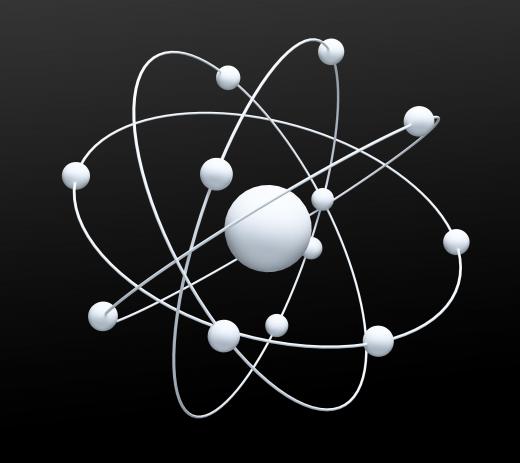What is Vacuum Deposition?
The term vacuum deposition describes a group of processes that are intended to lay down individual particles, specifically atoms and molecules, onto a surface. The processes are conducted in a vacuum to prevent any interference or reaction with gas particles such as oxygen, which can be highly reactive. A very thin layer of a substance applied to a surface is referred to as a film, while a thicker layer is called a coating. Vacuum deposition can serve many different purposes, such as depositing conductive layers to surfaces or protecting metals from corrosion. The process is also often used on various automotive parts for various purposes such as preventing rusting and corrosion.
The most commonly used methods of vacuum deposition involve the use of vapor. Sometimes, the substance that is to be deposited on the surface is vaporized; it later condenses as a layer on the surface. In other cases, the vaporized substance or substances react with the surface to form the desired film or coating. In some cases, other factors such as temperature or vapor density must be manipulated to obtain the desired results. These factors can influence the thickness and cohesion of the layer, so it is essential that they be regulated correctly.

Physical vapor deposition is vacuum deposition in which only physical processes occur; there are no chemical reactions. Physical vapor deposition methods are primarily used to cover surfaces with thin films; vaporized substances are condensed on the surface. One such method is called the electron beam physical vapor deposition. In electron beam physical vapor deposition, the material to be deposited is heated and vaporized with an electron beam before it condenses on the surface of deposition. Another common method of physical vacuum deposition is sputter deposition, in which gas or vapor is ejected from some source and directed at the surface to be coated.
Chemical vapor deposition is a form of vacuum deposition in which chemical processes are used to produce the desired film or coating. Gases or vapors react with the surface they are intended to coat in a vacuum. Many different chemicals, such as silicon nitride or polysilicon, are used in different chemical vapor deposition processes.
The vacuum is an essential part of vacuum deposition; it serves several important roles. The presence of a vacuum results in a low density of undesirable particles, so the particles that are intended to coat the surface do not react or collide with any contaminating particles. The vacuum also allows scientists to control the vacuum composition of the vacuum chamber so that a coating of the proper size and consistency can be produced.
AS FEATURED ON:
AS FEATURED ON:











Discuss this Article
Post your comments